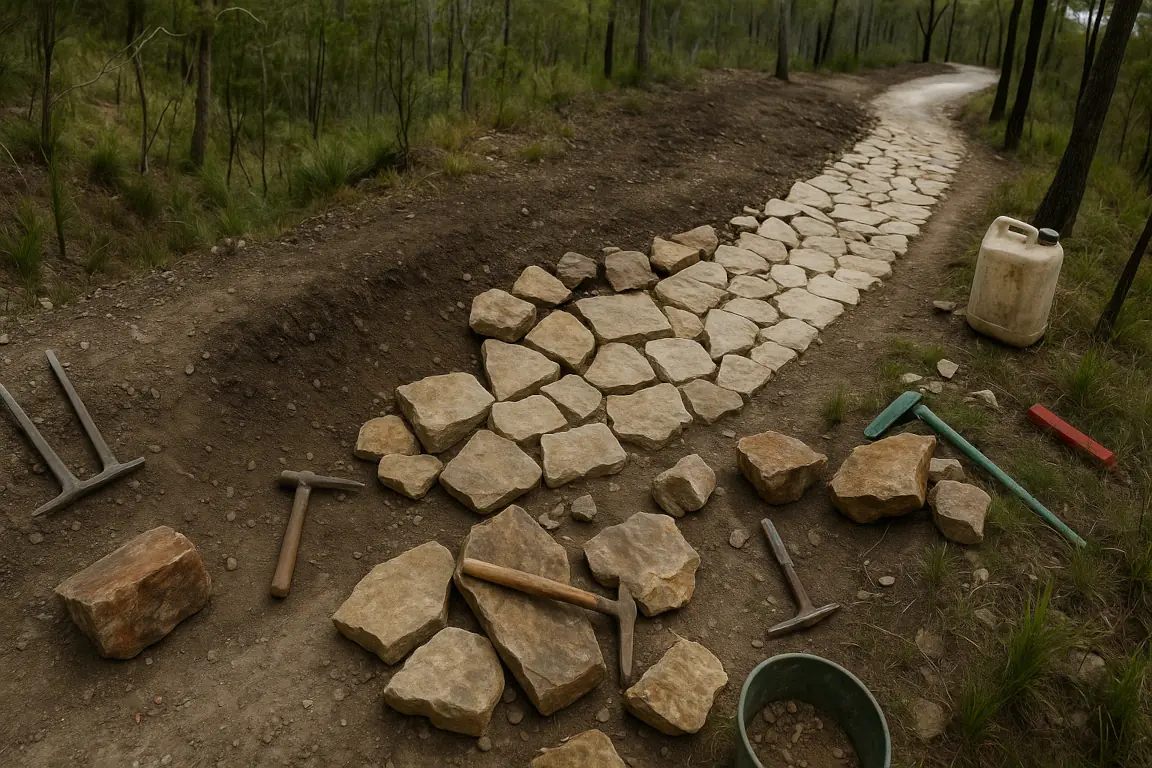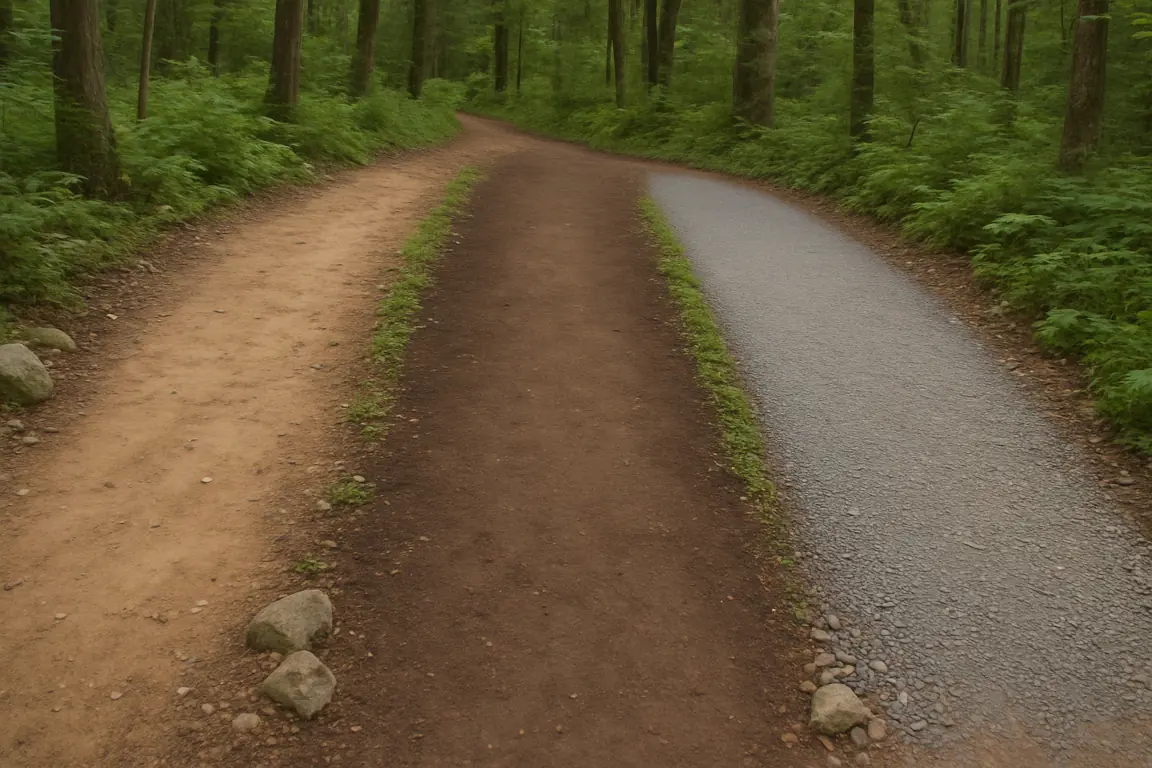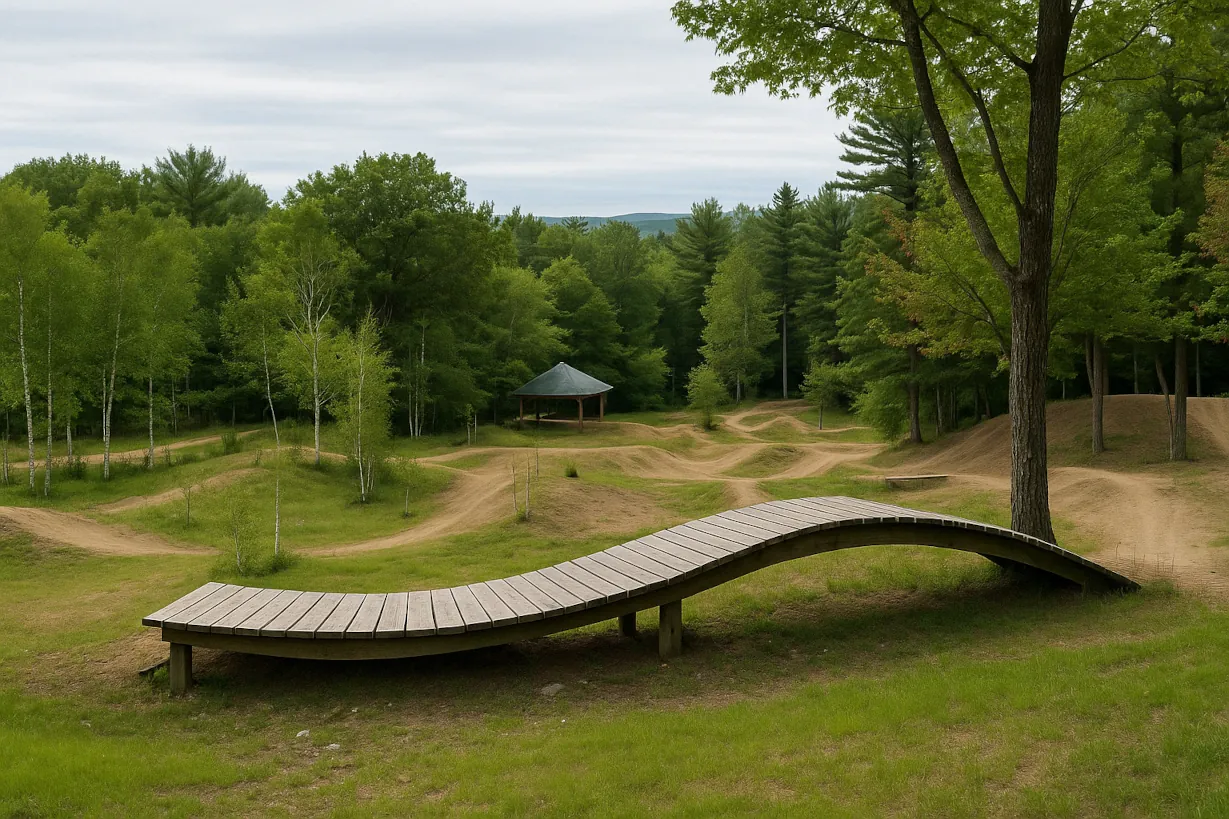Materials Estimator
Calculate amounts of materials needed (gravel, dirt, lumber) for trail features
Accurately estimate material quantities for your trail building projects. Calculate volumes of dirt, gravel, crushed stone, and lumber needed for various trail features to improve budgeting and resource planning.
Results will appear here
Enter dimensions and material type to calculate material needs
Note: This calculator is a guideline only. Results may include a margin of error. Always verify in the field.
Step-by-step guide to accurately calculating material quantities needed for your mountain bike trail features.
Material Types
Different trail features require different materials. This calculator supports:
- Dirt/Soil: For berms, jumps, and general trail building
- Crushed Stone/Gravel: For drainage, trail surfacing, and armoring
- Sand: For drainage layers and mixing with clay soils
- Decomposed Granite: For trail surfacing and low-maintenance paths
- Wood Chips/Mulch: For trail surfacing in wet areas
- Lumber: For bridges, platforms, and reinforced features
Select Calculator Type
Choose between "Trail Feature" for bulk materials (dirt, gravel, etc.) or "Lumber" for wood calculations based on your current project needs.
Enter Feature Dimensions
For trail features, input the length, width, and height/depth in your preferred units (feet/meters). For lumber, enter the piece length and quantity needed.
Select Material Type
Choose the specific material you'll be using from the dropdown menu. Different materials have different densities which affects weight calculations.
Review Volume Calculations
Examine the calculated volume in cubic feet/meters and cubic yards. This is the raw amount of material needed before considering compaction or waste factors.
Check Weight and Delivery Estimates
Review the estimated weight in tons and practical delivery units (truckloads). Consider adding 10-20% extra for compaction and waste depending on the material type.
Results Update Automatically
The calculator will instantly provide results as you change the input values. No need to click a calculate button.
Choosing the right materials for your trail features is crucial for durability, maintenance requirements, and rider experience. Consider these tips when planning your project.
Soil Selection
For berms and jumps, aim for a mix of 60-70% mineral soil (clay/silt) and 30-40% sand. This provides good compaction while maintaining drainage. Avoid organic soils that decompose over time.
Crushed Stone Sizing
For trail surfacing, use 3/8" to 3/4" crushed stone with fines (crusher dust). For drainage layers, use larger 1-2" clean stone without fines to allow water flow.
Lumber Treatment
For wooden features, use pressure-treated lumber rated for ground contact (UC4A or better). Consider using cedar or black locust for natural rot resistance in environmentally sensitive areas.
Material Delivery
Plan delivery locations carefully. Most dump trucks can carry 10-12 cubic yards of material. For remote locations, consider using power wheelbarrows or mini-dumpers to transport materials from the nearest vehicle access point.


